Samosa is one of the most popular tea-time, deep-fried snacks in India, and can be eaten all over the subcontinent. On travel to any corner of the country, you will find the pastry stacked up on the racks partitioned by the glass to ward off the flies. Though more popular in the North, you can order the savory just anywhere without any disappointment. It is making inroads into major fast-food chains and finds a place among the burgers and pizza in India. There is no food like this one to incite and tingle your taste buds and none that could satisfy cravings so quickly.
The triangle-shaped pastry retains the shape and color everywhere but the size changes. It is served piping hot with tea or soft drinks just any time of the day and provides stiff competition to Indian fritters or pakodas.
The big established samosa joints do a million Rupee business every year, and their taste and flavor have become a label. There is at least one shop in major towns which is well established dating back to fifty or hundred years. People flock to such shops in large numbers to snack on the savory that is unique, robust, and almost legendry. The food concept finds a place in many countries, and finding samosas being sold in Europe, the USA and Canada is not a big surprise. Some companies are making custom samosas that are factory processed, labeled, and hygienically packed to be sold locally or shipped elsewhere.
It finds a central place in the ubiquitous Chaat Stalls which are micro street food joints on hand-driven carts in India. Here the samosa is crushed on a plate spiced up with chutney and hot spices garnished with onions and herbs before being served. It costs much less than a burger or pizza but delights equally. And before you start to guess, let me tell you it is not a poor man's snack and is consumed by all strata of the society.


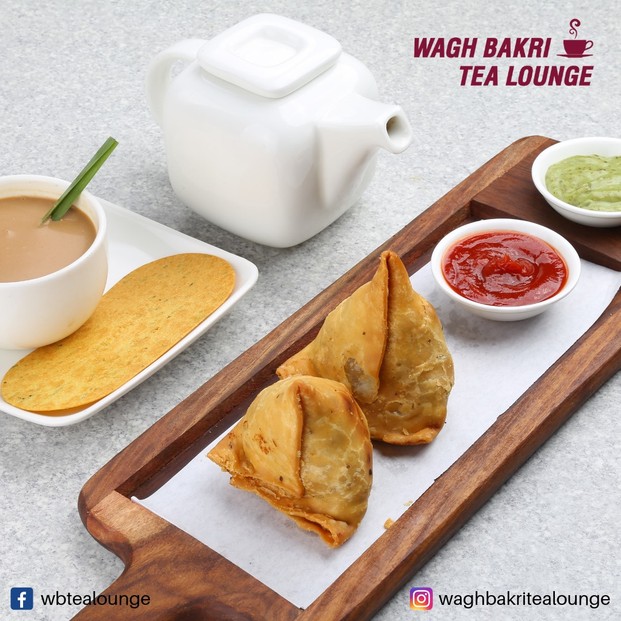



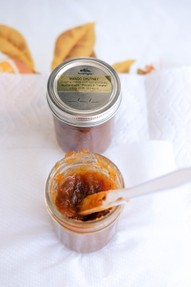 India adopts without any hesitancy that which propagates nonviolence and food that fits into its vegan profile. Samosa is one such tea time or any time snack that has become popular all over the country and is considered to be of indigenous origins. This is false, samosa like biryani was introduced from foreign lands and popularized by the Moghul invaders.
India adopts without any hesitancy that which propagates nonviolence and food that fits into its vegan profile. Samosa is one such tea time or any time snack that has become popular all over the country and is considered to be of indigenous origins. This is false, samosa like biryani was introduced from foreign lands and popularized by the Moghul invaders. 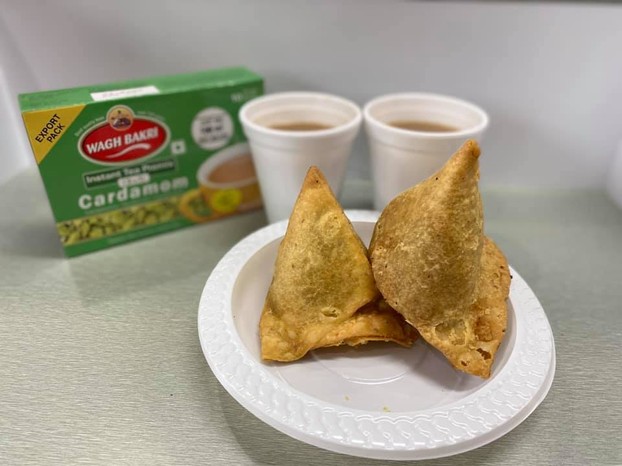
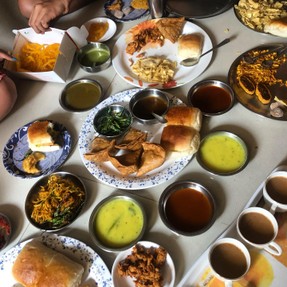 It is here in India that samosa stood the test of time and found firm ground. Deep fry and potato filling are common characteristics besides the triangle shape created by wheat pastry wrap. The thick layers of pastry enclose now a much-varied mix of fillings with potato being the main ingredient.
It is here in India that samosa stood the test of time and found firm ground. Deep fry and potato filling are common characteristics besides the triangle shape created by wheat pastry wrap. The thick layers of pastry enclose now a much-varied mix of fillings with potato being the main ingredient. 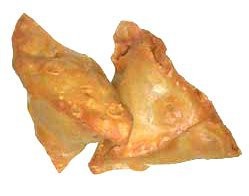 It is usually had with tea in the morning as breakfast or in the evening with high tea. But that does not stop the pastry from being labeled as anytime food. You can place an order as late as during supper time. Late-night snacks enthusiasts keep it on the top of their wish list.
It is usually had with tea in the morning as breakfast or in the evening with high tea. But that does not stop the pastry from being labeled as anytime food. You can place an order as late as during supper time. Late-night snacks enthusiasts keep it on the top of their wish list. 
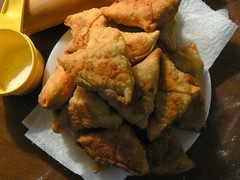




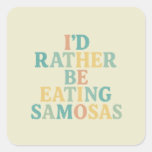
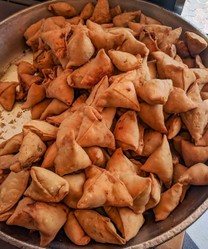

 Full Day Safari in Bandhavgarhon 08/29/2023
Full Day Safari in Bandhavgarhon 08/29/2023
 SEO Campaign: Website Overhaulon 02/13/2023
SEO Campaign: Website Overhaulon 02/13/2023
 Indian Food It Is Not All Curryon 02/08/2023
Indian Food It Is Not All Curryon 02/08/2023
 How Tiger Tourism is Organized in India?on 02/07/2023
How Tiger Tourism is Organized in India?on 02/07/2023

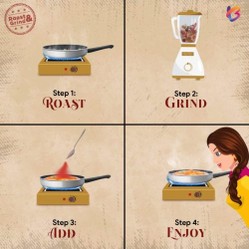
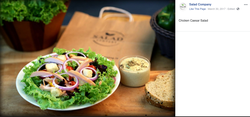
Comments
There is one outlet in Ahmedabad Gujarat that makes Samosas using lentils or pigeon peas.
The next-to-last paragraph under the subheading Origin of Samosa Tea Time Snack Origin describes spiced peas and potatoes as the commonest fillings today.
There's an article, Eight food items that are native to India, in the Daily Musings June 30, 2016, section of yahoo! life. It lists pigeon peas (scientifically Cajanus cajan), as toor dal in an unspecified Indian language, among the eight native edibles.
Would pigeon peas or some other kind typically fill samosas?
I think that in Britain Sampras are more popular than hot dogs are.
Samosa is turning into diverse offerings with recipes evolving all over India. It is a hot favorite even among those with Western tastes. The excellent snack is being listed on menus all over the World. It may compete with burgers and hotdogs. Not surprising.
Samosas have become popular in Britain. We British like a wide range of cuisines, and Indian food is much appreciated. After all, our favourite brew came from India, and I have a cup with me at this moment.
Love Samosas especially in winter and from North India. The recipe is special and unique, it varies from one region to another. Masters of kachori and samosas are North Indian chefs. I have also loved street samosa, it is delicious too. During my travel to Delhi, I had a chance of tasting the delicious samosa with potato and peas. I think, there are many variations available now - with paneer etc. For me, the old traditional filling still stands out.
I have not tried but alternative flours are being used in India, some of which are ragi (amaranth), water chestnut, gram, or chickpea flour always used in pakoras these alternates are less popular. I have yet to come across a samosa made using an alternate flour!
Have you ever tried non-wheat-based samosas, such as chickpea-floured Chana Samosa or finger millet-floured Ragi Samosa? My sister has been intrigued by alternatively floured dosas and samosas.
This bowl system is incorporated in a thali which is a large steel plate with often walled edges. The bowls contain dal or lentil soup vegetables, sweet such as kheer or rice pudding, a number of vegetable curries, curd, paneer curry and dry vegetables. chutneys, samosa or fritters and salads are usually placed on the floor of the plate or thali. A royal meal would comprise many recipes but simpler meal comprises dal, vegetable curry, chapati or flat bread and rice.
Please visit an Indian Thali restaurant for this meal, and I am sure you will feel happy.
I've been meaning to ask you about the arrangement of bowls for Indian meals. Particularly the image below your subheading Samosa in India is full of so many bowls of what I guess to be dressings, gravies or sauces.
Might there be an established hierarchy or pattern or sequence for how and where they are placed?
My sister Stessily spent quite some time in your country. She would recognize the bowl contents by their scent, sight, taste and texture. But I would not ;-{.
So would there be allowance for someone not knowing and therefore pairing bowls in certain ways with certain edibles?